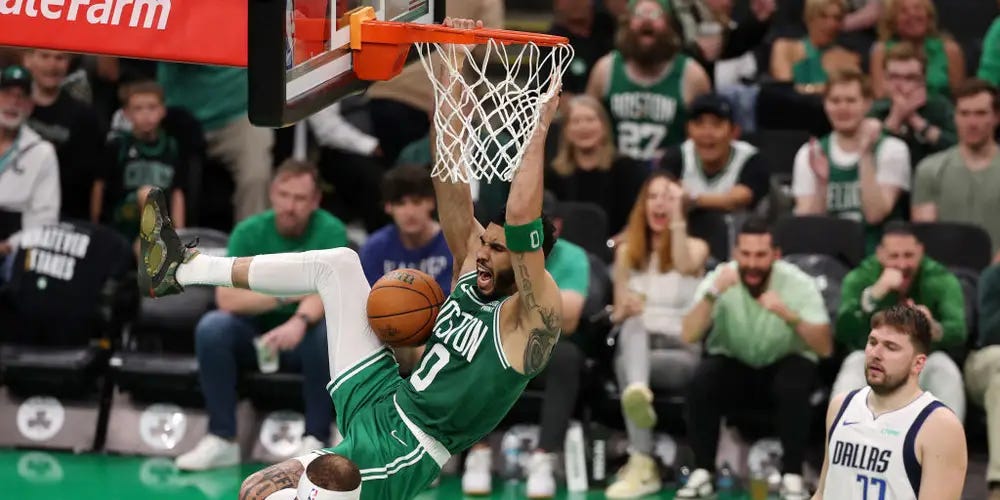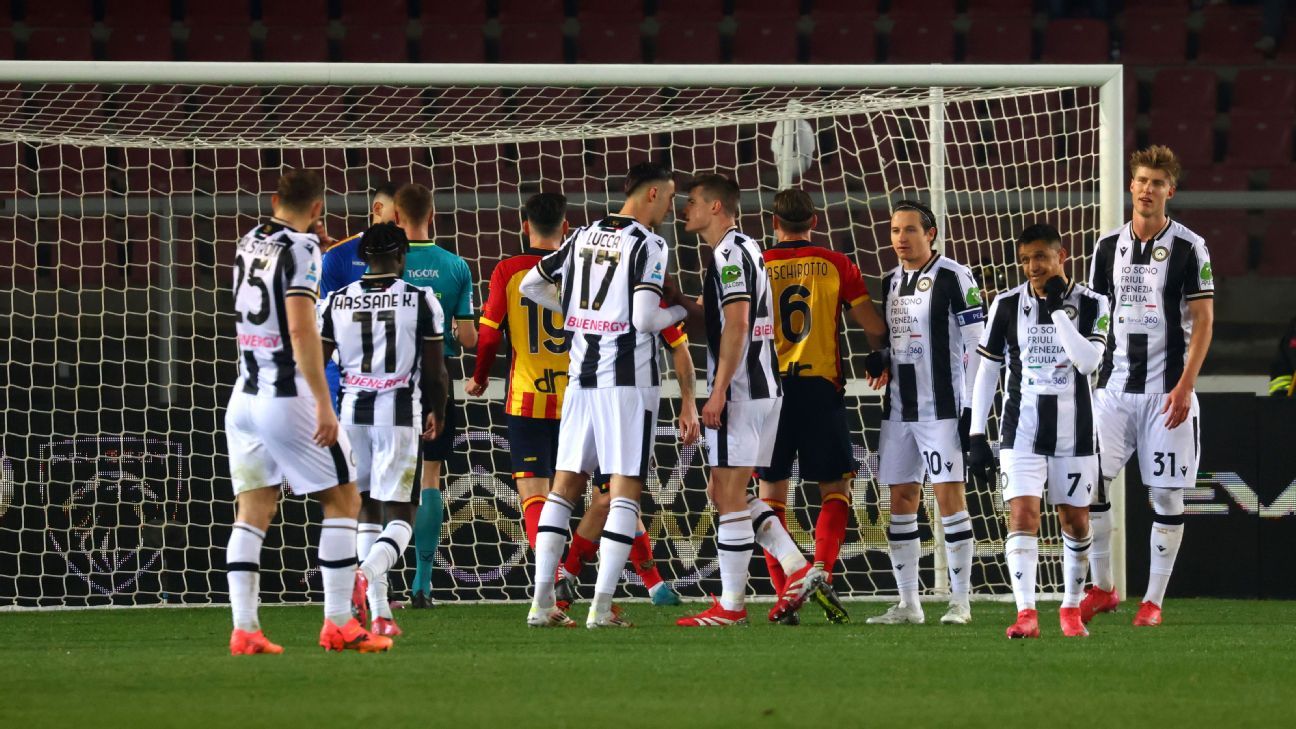Understanding Deep Vein Thrombosis: What It Means for Spurs’ Victor Wembanyama
Victor Wembanyama, the talented young player for the San Antonio Spurs, recently faced a significant health challenge with a diagnosis of deep vein thrombosis (DVT) in his shoulder. This news has sent ripples through the basketball community, raising concerns about his health and the future of his promising NBA career. Understanding deep vein thrombosis is crucial not only for fans but also for players and the medical community alike. In this article, we delve into what DVT really means, its implications for athletes, and what we can expect from Wembanyama as he navigates this condition.
What is Deep Vein Thrombosis?
Deep vein thrombosis is a medical condition that occurs when a blood clot forms in a deep vein, usually in the legs, but it can also occur in other areas, such as the shoulder. This condition is particularly concerning because blood clots can lead to severe complications, including pulmonary embolism, where a clot travels to the lungs and can be life-threatening.
The primary risk factors for developing DVT include:
- Prolonged immobility (such as sitting for long periods)
- Recent surgery or injury
- Certain medical conditions (like cancer or heart disease)
- Hormonal therapy or birth control pills
- Obesity
- Smoking
In Wembanyama’s case, the nature of his diagnosis raises questions about the specific factors that may have contributed to the formation of a blood clot in his shoulder. While the precise causes can vary, understanding the risk factors allows for better management and prevention strategies moving forward.
The Impact of DVT on Athletes
For professional athletes like Wembanyama, a DVT diagnosis can pose serious concerns. The physical demands of basketball—characterized by intense training, frequent travel, and high performance—can complicate recovery from such a condition. Here’s how DVT impacts athletes:
1. Physical Limitations
Deep vein thrombosis can lead to pain, swelling, and limited mobility in the affected area. For a basketball player, this means that even simple movements can become challenging. Wembanyama may experience discomfort that could hinder his performance on the court. Recovery protocols often involve a combination of medication, rest, and physical therapy tailored to the athlete’s specific needs.
2. Risk of Complications
As mentioned earlier, one of the most dangerous aspects of DVT is the risk of a pulmonary embolism. Athletes often have to undergo thorough medical evaluations to ensure that they are fit to return to play. Any sign of a clot migrating can lead to immediate medical intervention, which can further delay their return to the sport.
3. Psychological Impact
In addition to the physical challenges, the mental toll of dealing with a health scare can be significant. Athletes often feel pressure to perform, and a diagnosis like DVT can lead to anxiety about their future in the sport. For Wembanyama, who is still establishing himself in the NBA, the fear of long-term health issues might weigh heavily on his mind.
Management and Treatment of DVT
The management of deep vein thrombosis involves several steps, which include:
- Anticoagulation Therapy: This is the primary treatment for DVT. Blood thinners help prevent the clot from growing and reduce the risk of new clots forming.
- Compression Therapy: Wearing compression stockings can help reduce swelling and discomfort, promoting better blood flow in the affected area.
- Physical Therapy: Once cleared by medical professionals, athletes may undergo physical therapy to regain strength and mobility.
- Monitoring: Regular follow-ups with healthcare providers are essential to monitor the status of the clot and ensure that no complications arise.
Wembanyama’s medical team will likely take a comprehensive approach to his treatment, involving specialists who understand both the condition and the unique physical demands placed on an elite athlete. This collaborative care is crucial for a successful recovery.
What’s Next for Wembanyama?
As fans of Victor Wembanyama, it’s natural to be concerned about the implications of his DVT diagnosis. While the situation is serious, it’s essential to remain optimistic. Many athletes have successfully managed DVT and returned to their sports, often with greater awareness of their bodies and health.
In the coming weeks, we can expect updates from the Spurs regarding Wembanyama’s condition. Potential scenarios include:
- Short-term recovery: If managed well, Wembanyama might return to playing sooner than expected, especially if the DVT is localized and treatment is effective.
- Long-term health monitoring: Regardless of the immediate recovery, he will likely have ongoing evaluations to monitor for any signs of complications or recurrence.
- Increased awareness: Wembanyama’s situation may raise awareness about DVT not only among athletes but also in the general public, encouraging proactive health measures.
Conclusion
Victor Wembanyama’s diagnosis of deep vein thrombosis is a significant moment that underscores the importance of athlete health and wellness. While the road to recovery may present challenges, it also highlights the resilience of athletes and the advances in medical care available to them. As Wembanyama works with his medical team to address this health issue, fans can remain hopeful for his return to the court, ready to witness the remarkable talent he brings to basketball.
In the end, understanding deep vein thrombosis not only informs us about Wembanyama’s current situation but also emphasizes the critical nature of health in sports. We wish him a smooth recovery and look forward to seeing him back in action.
See more Sky News Portal



